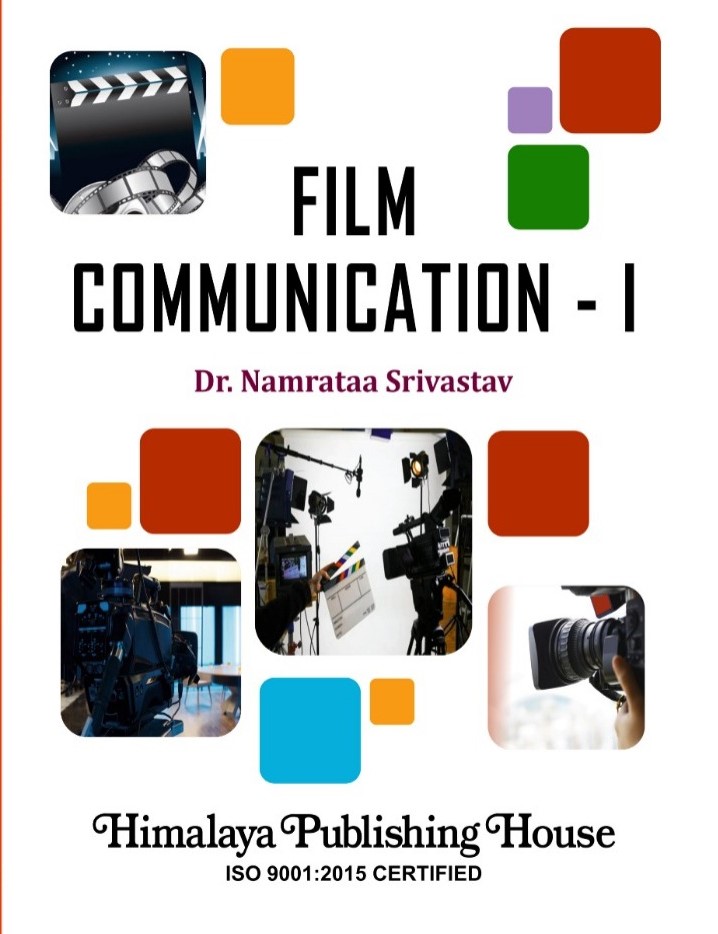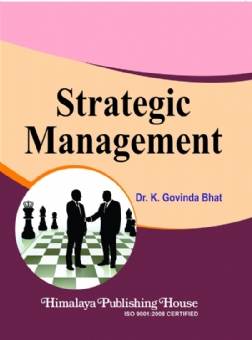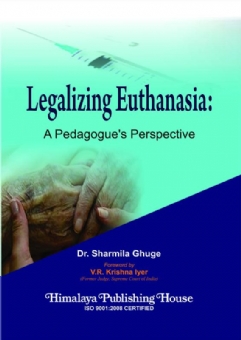Cinema is inextricably linked to the media. Today, movies are inextricably linked to social life. Films contribute to all aspects of mass communication, including journalism, public relations, advertising, and pure enjoyment. Cinema has a greater influence on the general public as well as all socioeconomic groups. The course book is intended to teach students how to comprehend film rather than just watch it.
This text book, Film Communication I, is written for the Mumbai University BMM syllabus to
- To inculcate liking and understanding of good cinema.
- To make students aware with a brief history of movies; the major cinema movements.
- Understanding the power of visuals and sound and the ability to make use of them in effective communication.
- To give Insight into film techniques and aesthetics.
- To inculcate understanding of cinema and writing skills needed for film review.
- To make them understand the depth of cinema and its different aspect.
This student-centric work provides an intriguing theoretical overview of the constant empowerment in Film Culture and Film Making: Technology and Digitalization, aimed at individuals seeking fundamental knowledge on current advancements and improvements in this subject.
The citations (in no specific order) that occur between both the text and at the end of the book have been compiled to include integrative information such as landmarks, history, Films, Filmmakers, successful scholars, writers, and websites’ insights, suggestions, and words of wisdom, which are integrated and used as links to improve the quality of this text.
Contents –
1. History: Still Pictures to Moving Images
1.1 History of Cinema
1.2 Birth of Visual Art
1.3 Understanding the Language of Cinema
1.4 Transition from Documentary to Feature Film
2. Understanding Aspects of Film Appreciation
2.1 Grammar, Technology and Art: Director- The Captain and Writer- The Back Bone
2.2 Aspects of Film-1: Visual Aspects and Editing
2.3 Aspects of Film-1: Film Sound: Three Components of Film Sound; The Relationship Between Sound and Image
3. The Early Cinema: 1895 to 1950 27 – 39
3.1 Early Years (1895-1919) World and India
3.2 The Silent Years (1920-1931)
3.3 The Sound Years (1930-1939)
3.4 Silent Years of Indian Cinema: (1895-1930)
3.5 Development Stage (1940-1950)
3.6 Development Stage of Indian Cinema (1940-1950)
4. Major Film Movements and Its Impact
4.1 The Major Cinema Movements and Their Film Makers
4.2 Hollywood Cinema
4.3 Italian Neorealism
4.4 Japanese Cinema
4.5 Iranian Cinema
5. Mainstream Indian Cinema and Parallel Indian Cinema
5.1 Art V/S Commercial Cinema
5.2 Indian Meaningful Cinema … A Journey
5.3 Golden Era of Indian Cinema
5.4 Indian New Wave Cinema
5.5 Parallel Cinema
Project/Assignment






